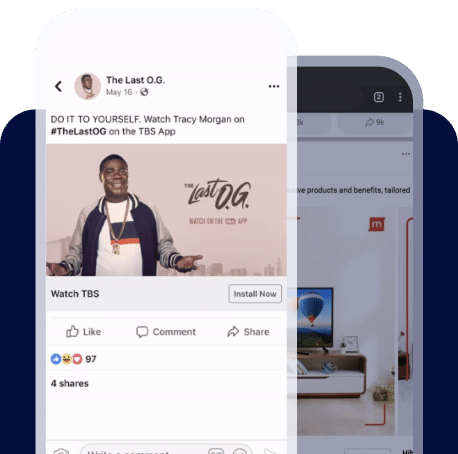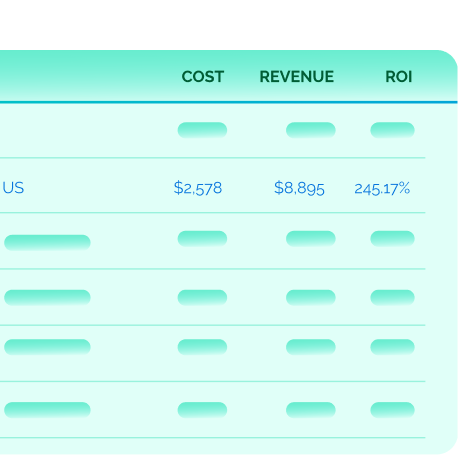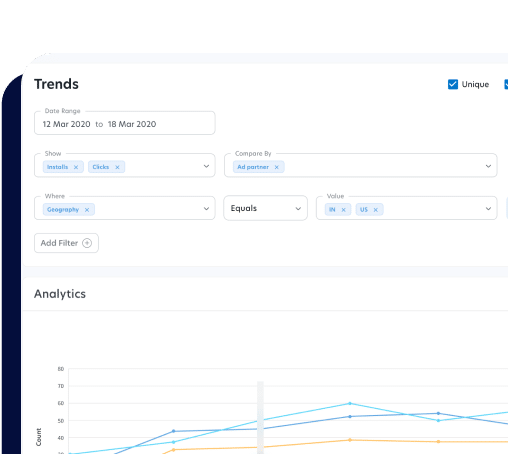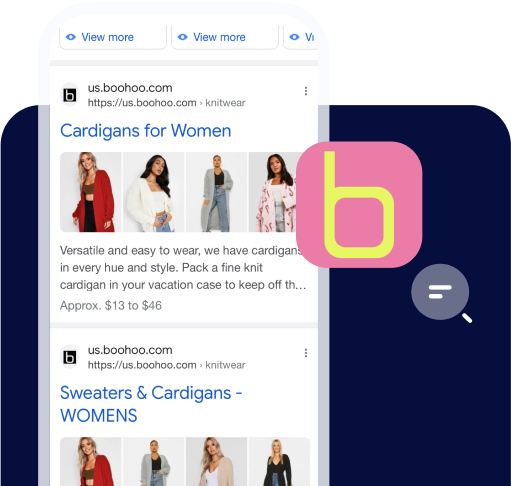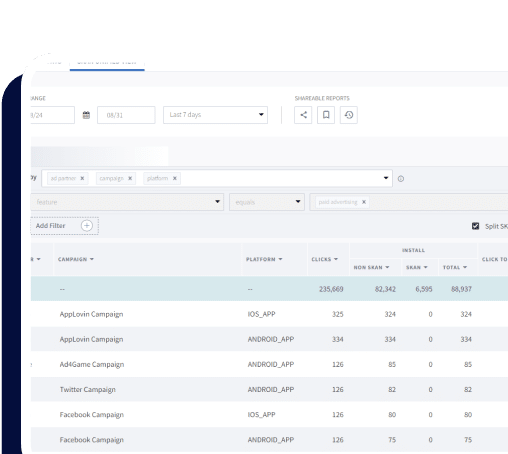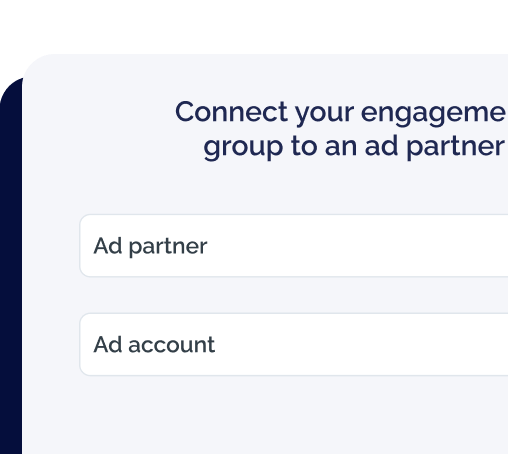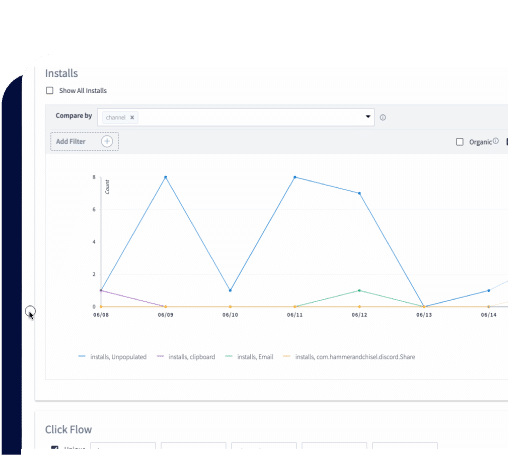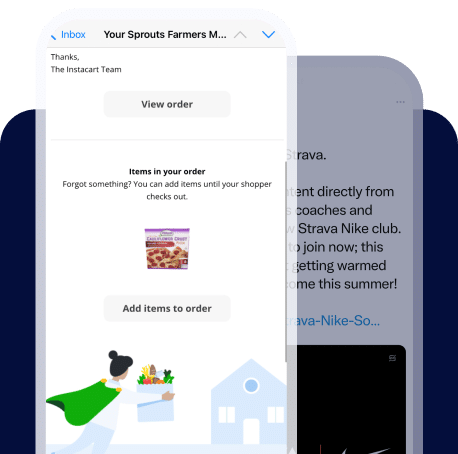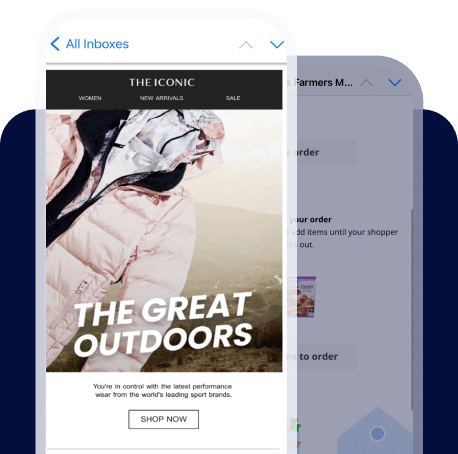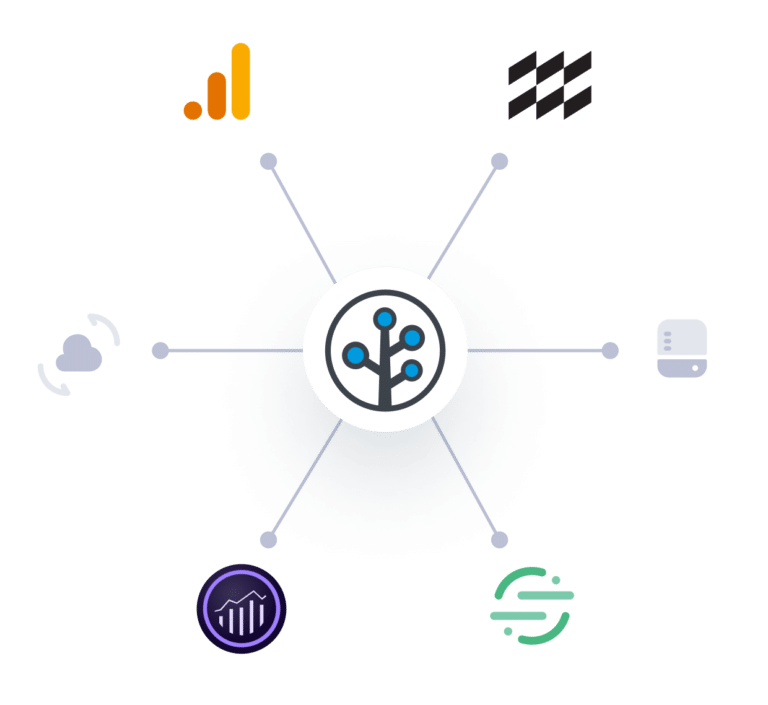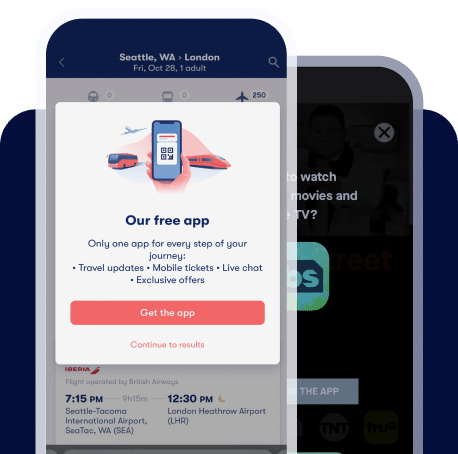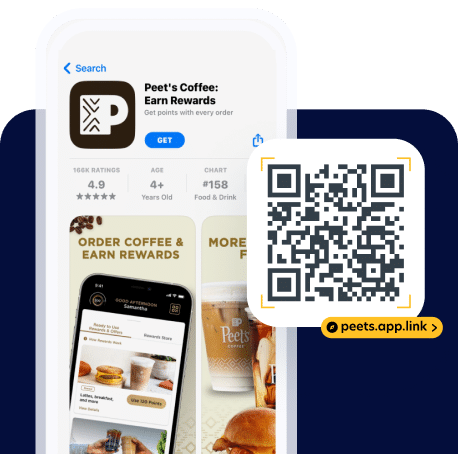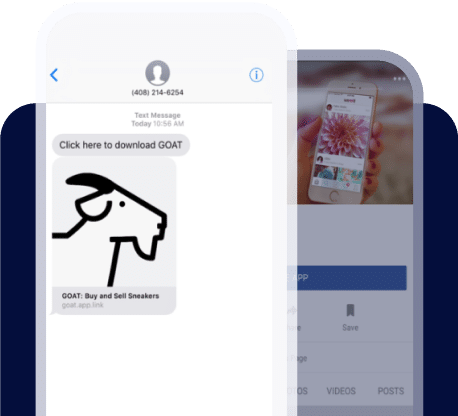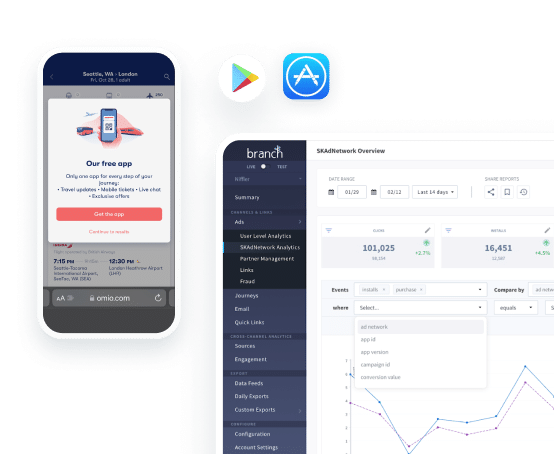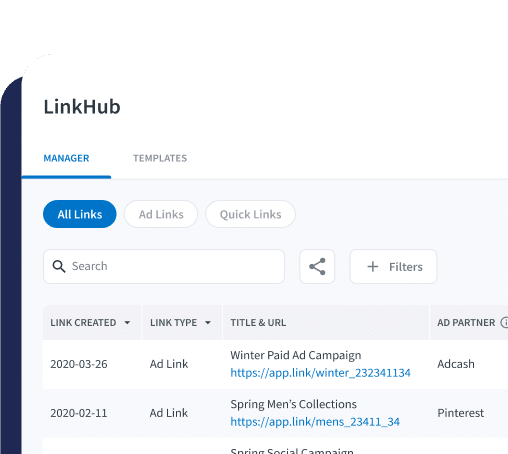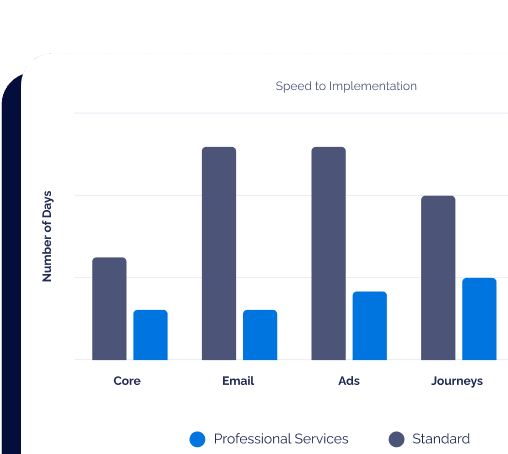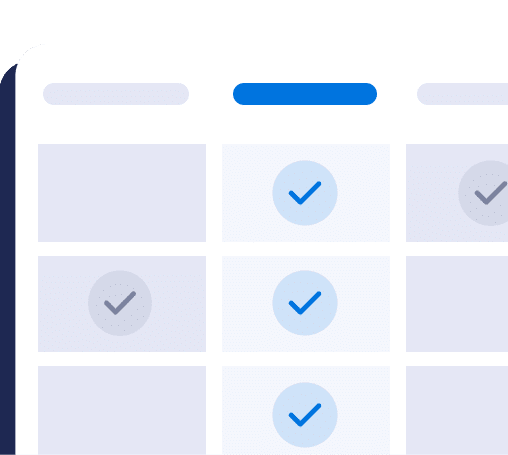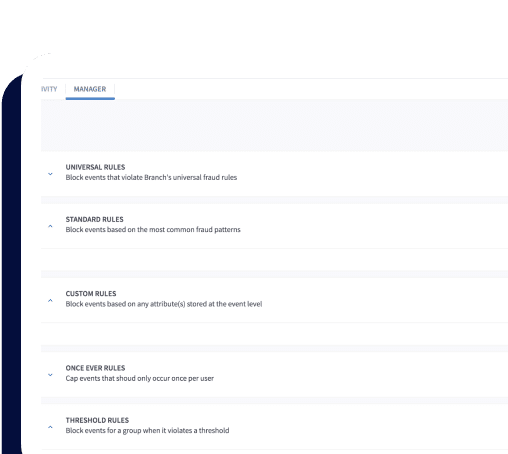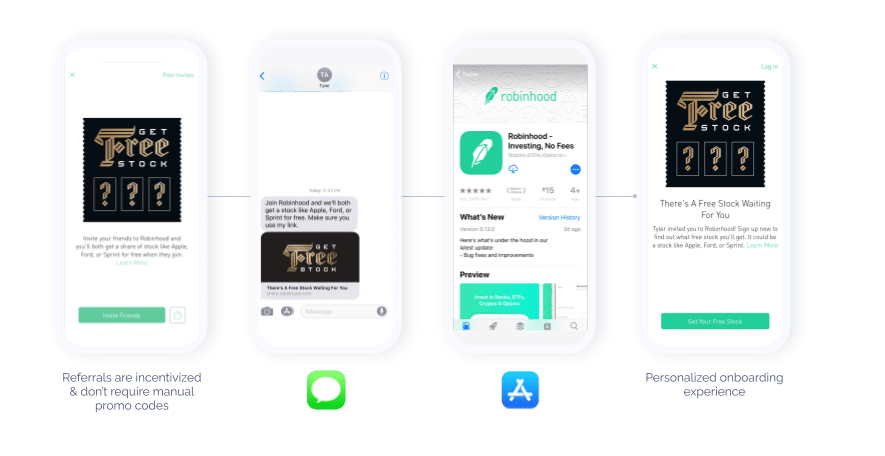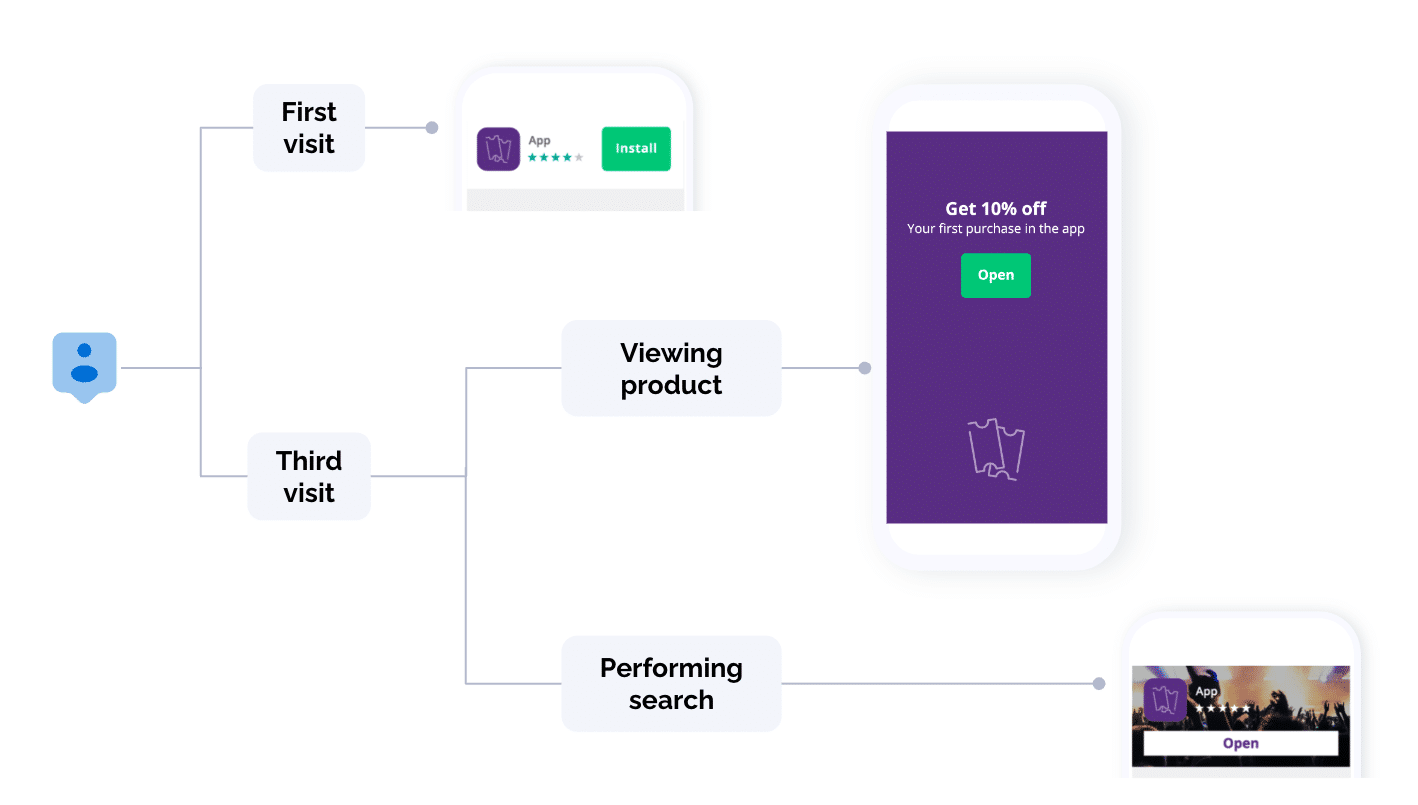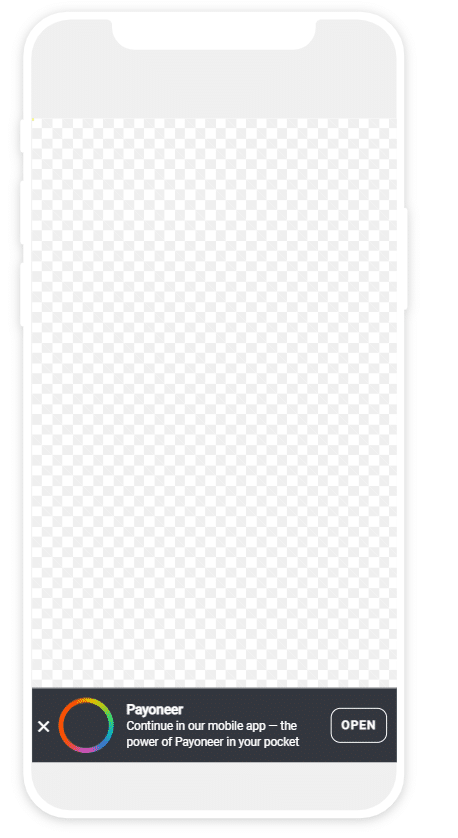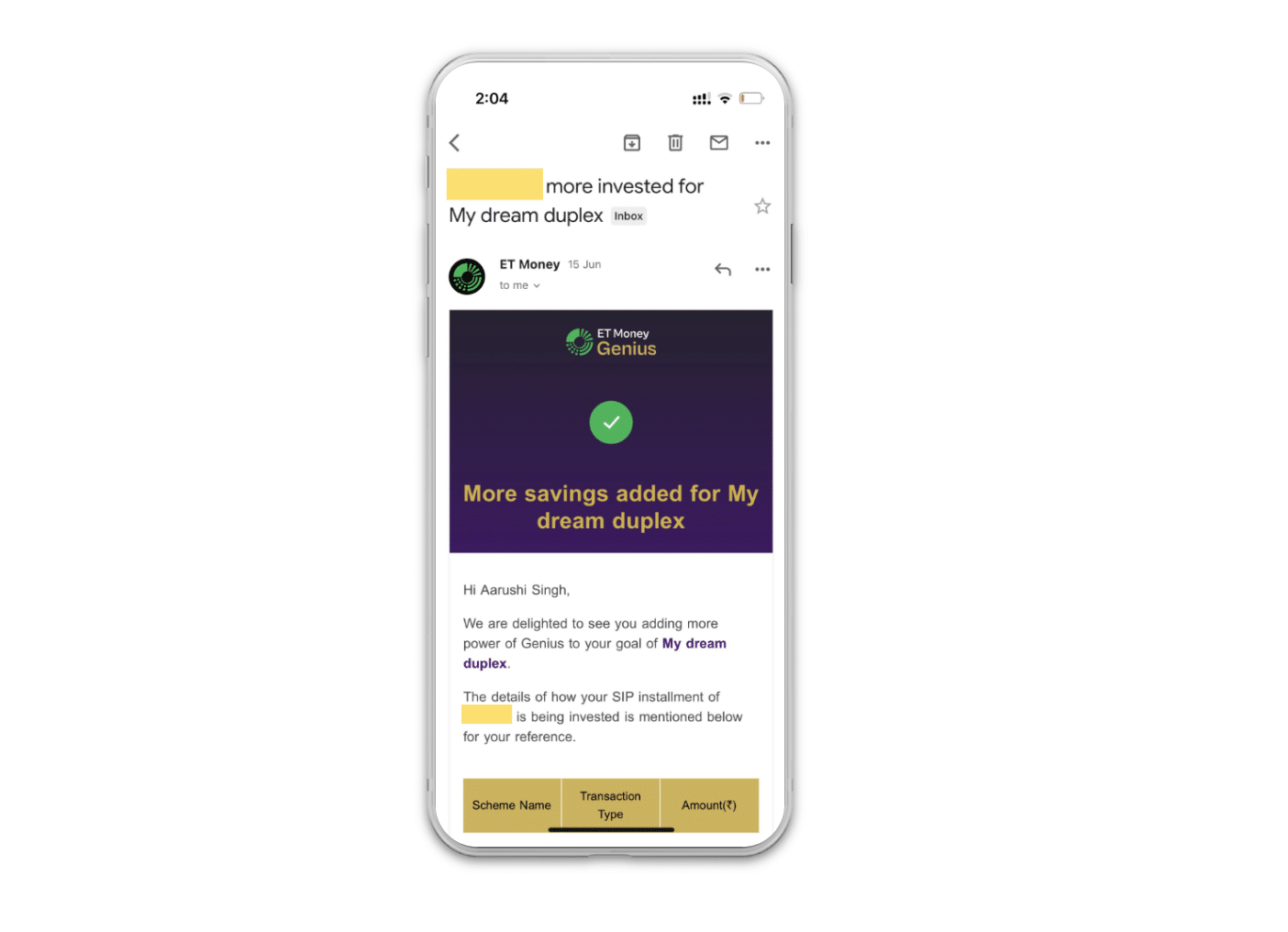Mobile apps have revolutionized how people manage their finances, fundamentally reshaping customer expectations for convenience and accessibility. A recent survey from Chase found that 62% of customers said they can’t live without their mobile banking app, and 78% use it weekly. In 2023 alone, there were over 489,000 finance apps downloaded per minute.
Despite this growing reliance on mobile platforms for financial services, finance brands — much like their counterparts in other sectors — struggle to acquire and retain app users. As much as 68% of consumers abandon their financial apps, with a notable portion going so far as to take their business elsewhere.
This blog explores three strategies for finance and banking brands to acquire valuable app users and overcome churn challenges.
Why users abandon finance apps
Frustrating experiences turn users off of your app within seconds. Common grievances include frequent crashes, complex interfaces, and security concerns. Simplifying processes, like minimizing the steps required to access monthly statements or link accounts, is essential for user retention. Additionally, application processes that demand excessive time and personal information, as well as the absence of fully digital options forcing branch visits, contribute to user dissatisfaction. App speed is another critical factor, as delays lead to user drop-offs. By streamlining onboarding and optimizing user flows, finance apps can reduce churn, enhance user satisfaction, and foster brand loyalty.
User expectations for finance apps
When users engage with a financial app, they seek more than just basic transactional services like money transfers or statement downloads. They want helpful, seamless experiences tailored to their needs. An overwhelming 86% of consumers prefer using a single app for all their banking needs, emphasizing their desire for a convenient “one-stop-shop” solution rather than managing multiple apps with distinct functionalities. To meet these evolving expectations, apps have to address several user needs:
- Can this app help me achieve my financial goals?
- Does it offer personalized services while safeguarding my security and privacy?
- Can it simplify my life by providing consolidated financial data across my accounts and investments?
Three ways digital finance apps can drive app growth and retention
Here are three practical strategies to drive users to your mobile app and deliver the seamless, time-saving experiences they expect.
1. Build trust with effective mobile referral programs
92% of consumers say they trust recommendations from friends and family over any other form of advertising. When people they know endorse an app, users are more inclined to give it a try. Online reviews across platforms like Quora, YouTube, Discord, and search engine results pages (SERPs) further reinforce trust with potential users.
To cultivate trust and attract new users, financial apps increasingly implement mobile referral programs. These programs incentivize users to advocate for the app within their social circles, driving organic growth. Referrals — shared via text, email, or social media — come in various forms, including friend-to-friend, influencer-driven, and brand-driven.
Referrals not only bolster user acquisition but also drive higher revenue. A Branch study found that users who are referred by others are twice as valuable as compared to other channels, with conversion rates and average revenue per user (ARPU) often doubling or tripling.
Robinhood, for instance, incentivizes user-to-user sharing by offering stock to both the referrer and the referred user. By leveraging the loyalty of its user base, the brand established a mutually beneficial ecosystem for both new and existing customers.
The success of a referral program hinges on its shareability and accessibility. When designing a program, consider the following:
- Can customers easily discover and share your referral program with their network?
- Are there multiple share options to cater to different preferences?
- Do referral links take users directly to the app via deep linking? Can they maintain the user’s referral context through the app install process?
Building referral functionality on your own can be complex and often requires specialized tools and technology. Linking and measurement solutions like Branch streamline the process, facilitating the creation of unique referral deep links that seamlessly direct users to app content. By automatically applying referral bonuses and rewards, deep linking minimizes drop-offs during the installation process. Plus, deep link click data offers valuable insights into user behavior and campaign effectiveness, allowing you to see exactly which users and referral campaigns generate app downloads and down-funnel conversions.
Another crucial aspect of a successful referral program is simplifying the sharing process for users. Share sheets enable effortless sharing across various platforms, allowing users to copy and send links via email, social networking apps like WhatsApp, Instagram, and Facebook, or SMS — all in one tap. Native share sheets keep customers within the mobile app’s ecosystem, so they can share referrals, promotional discounts, and coupon codes without navigating to external platforms.
2. Prompt app downloads at high-intent touchpoints
Harnessing online touchpoints, such as your brand’s website, presents a prime opportunity to boost app downloads and guide customers back to your mobile app. Implementing mobile smart banners is a great way to seamlessly transition web visitors to the app experience.
Personalized smart banners are highly effective in driving user acquisition from your mobile website, regardless of the traffic source — be it paid or organic. By targeting audiences based on behavioral and contextual cues, smart banners can elevate click-through rates by up to 60% compared to standard web banners. Rather than inundating web visitors with too many distracting elements, like floating chat buttons and email signup forms, smart banners integrate seamlessly into the mobile web experience, providing a non-intrusive yet effective approach. Plus, brands can conduct A/B tests on various banner elements like copy, call-to-action buttons, and creative assets to pinpoint the highest-converting variations.
Payoneer, a popular payment platform, uses Journeys smart banners to redirect its web traffic to in-app content. Users who land on the mobile web are redirected to the intended in-app content if they already have the app, while new users are sent to the app store to download the app then automatically directed to the intended app content. The company has generated 204K app installs from Journeys alone, making it the highest contributor to the total app downloads over the past year.
3. Prioritize CX across the entire user lifecycle
Poor user experiences drive customers away from apps, and it starts with at the outset of the user lifecycle. For instance, a Google survey conducted across six APAC markets revealed that 49% of users have installed a finance app but never used it, primarily due to frustrations before they even started transacting. Another report found that European financial service institutions lose over EUR 5 billion each year due to onboarding drop-offs. It’s a universal problem.
Simplifying the onboarding journey is one of the most crucial steps to increase retention. Onboarding sequences should immediately demonstrate the app’s value, introduce key features, and avoid overwhelming users with unnecessary information. Getting onboarding right, regardless of the platform or channel users come from, is critical to foster long-term relationships with users.
Another factor to consider is that when users interact with a digital finance app, they share sensitive, personal information. Unlike other app experiences, they expect regular communication regarding their account, app maintenance, and potential security threats. Investment app users, for example, expect timely updates about their portfolio’s performance, including fluctuations in stock prices and fund movements.
While many of these updates conventionally come through email, many finance apps miss out on leveraging email to reengage app users. Consider ET Money’s approach: Each successful transaction on their mobile app prompts a notification email to users, with relevant information such as the invested amount, transaction type, and specific funds involved. By deep linking users from email to specific in-app content, ET Money minimizes the steps required to take action, enhancing convenience and boosting the likelihood of conversion.
Finance brands should view every customer interaction as an opportunity to direct users back to their best, most valuable platform: the app. To maximize acquisition and engagement, ensure that all your channels are deep linked to provide quick, “one-tap” opportunities to get to the app.
Conclusion
While mobile apps have transformed finance management, winning and retaining valuable app users remains a challenge. Simple yet powerful strategies like effective referral programs, web-to-app smart banners, and deep linking can help finance brands drive growth.
To learn how Branch’s linking and measurement solutions can grow your finance app, connect with our team.

